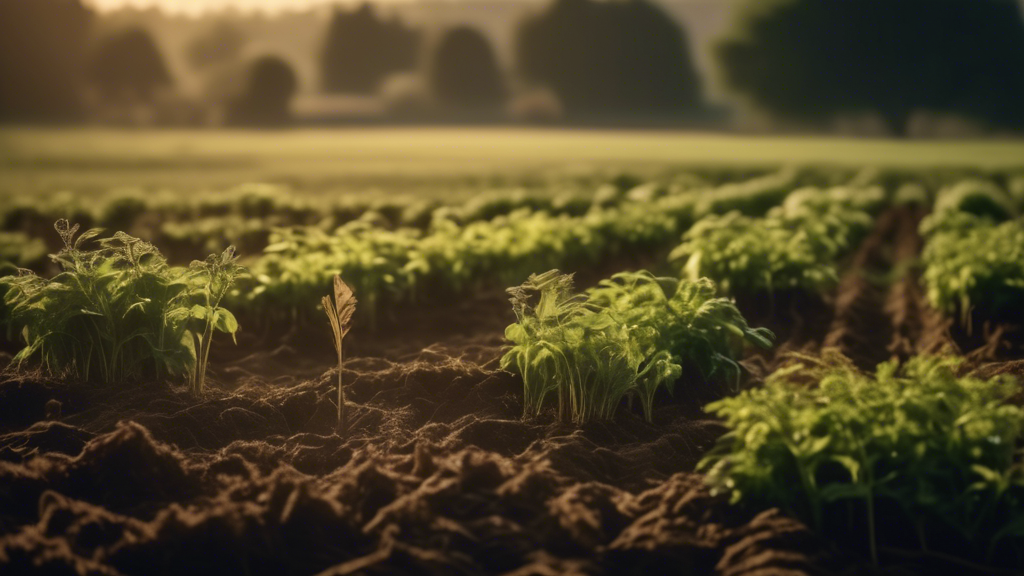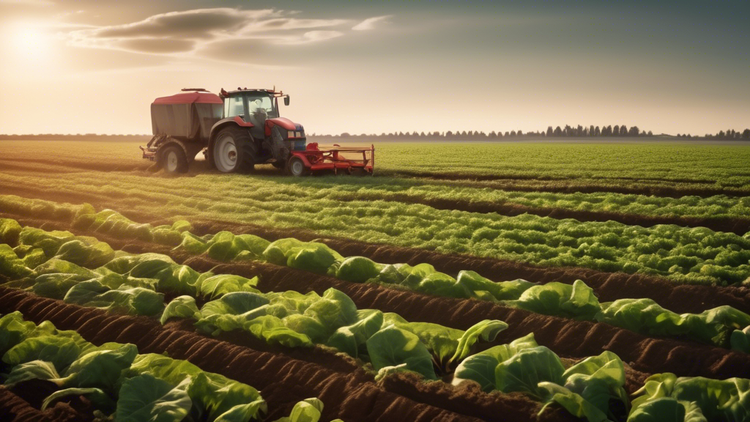The Benefits and Challenges of Adopting Regenerative Agriculture for a Sustainable Future

Economic and Ecological Benefits of Regenerative Agriculture
Regenerative farming has shown to be highly profitable, with studies indicating it can be up to 60% more profitable than conventional farming methods after six years. This is primarily due to the lower input costs and more secure yields. The increased natural capital and higher margins for their produce further contribute to the profitability. Farmers practicing these methods benefit from:
- Reduced input costs
- Secure yields
- Increased natural capital
- Higher produce margins
The ecological benefits of regenerative agriculture are equally profound. By improving soil biodiversity and organic matter, it reduces erosion and degradation while enhancing soil function. For instance, a 1% increase in organic matter can allow soils to retain up to 30,000 more liters of water per hectare, dramatically improving water management and efficiency. Such improvements lead to:
- Better water efficiency
- Increased water holding capacity
- Groundwater recharge
- Mitigation of extreme weather impacts
Challenges and Technological Solutions
Despite the demonstrated benefits, adopting regenerative agriculture comes with its own set of challenges. Financial barriers, limited access to necessary materials and infrastructure, lack of knowledge, and time constraints can hinder its adoption. Nevertheless, the economic benefits cannot be overlooked. Regenerative practices lead to cost savings from reduced use of chemicals, enhancing farm and ranch profitability while providing diversified revenue streams.
Technology plays a crucial role in overcoming these challenges. Emerging technologies, such as biotech and precision agriculture, can facilitate nitrogen fixation and improve drought resistance. These advancements also help reduce the use of chemical fertilizers and pesticides, making regenerative agriculture more sustainable. As technology continues to evolve, these solutions offer a promising path toward broader adoption and success.
Pesticide Issues and Food Security
Pesticides pose significant concerns within regenerative agriculture. They can harm soil organisms, disrupt microbial life, and potentially hinder carbon sequestration. Some advocates argue for the complete phase-out of pesticides to fully realize the ecological benefits. Furthermore, the lack of clear definitions and certification schemes for regenerative agriculture can create confusion and allow for potential co-optation by the pesticide industry.
Addressing these issues is critical for the long-term viability and integrity of regenerative agriculture. Moreover, regenerative techniques are increasingly viewed as a key solution to food security and climate change. By improving soil health, reducing greenhouse gas emissions, and promoting sustainable farming practices, regenerative agriculture can play an essential role in ensuring a resilient food supply and a healthier planet.
Here's a thought to consider
While the path to widespread adoption of regenerative agriculture is fraught with challenges, the long-term rewards for farmers, the environment, and society are substantial. Overcoming financial and educational barriers, leveraging technology, and addressing pesticide issues are vital steps toward a sustainable agricultural future. Emphasizing the economic, ecological, and social benefits can drive more farmers to embrace these practices, ultimately ensuring a sustainable and food-secure world.
Looking for updates? Sign up to our newsletter for weekly snippets.





